Berlin's most beautiful allotment gardens: In Wilmersdorf, paradise has its pitfalls

On Instagram, Xenia Rabe-Lehmann captivates thousands of followers with her dreamy garden. But happiness in the Oeynhausen colony remains fragile.
Through an archway covered with red climbing roses, you enter Xenia Rabe-Lehmann's little paradise. Her allotment garden has the usual elements—arbor, paths, lawn, beds for fruit, vegetables, and flowers—and yet it stands out from the crowd.
The visitor's eye does not immediately grasp the beauty as a whole, because there are interesting lines of sight, different growth heights, and boundaries that create small islands.
Each of these islands is different, waiting to be discovered. Right in the front of the vegetable patch, for example, ripe, sweet gooseberries hang above purple kohlrabi bulbs, as if just waiting to be harvested. The potatoes and onions still need a little time, but the raspberry bush on the neighbors' fence is full of red fruit.
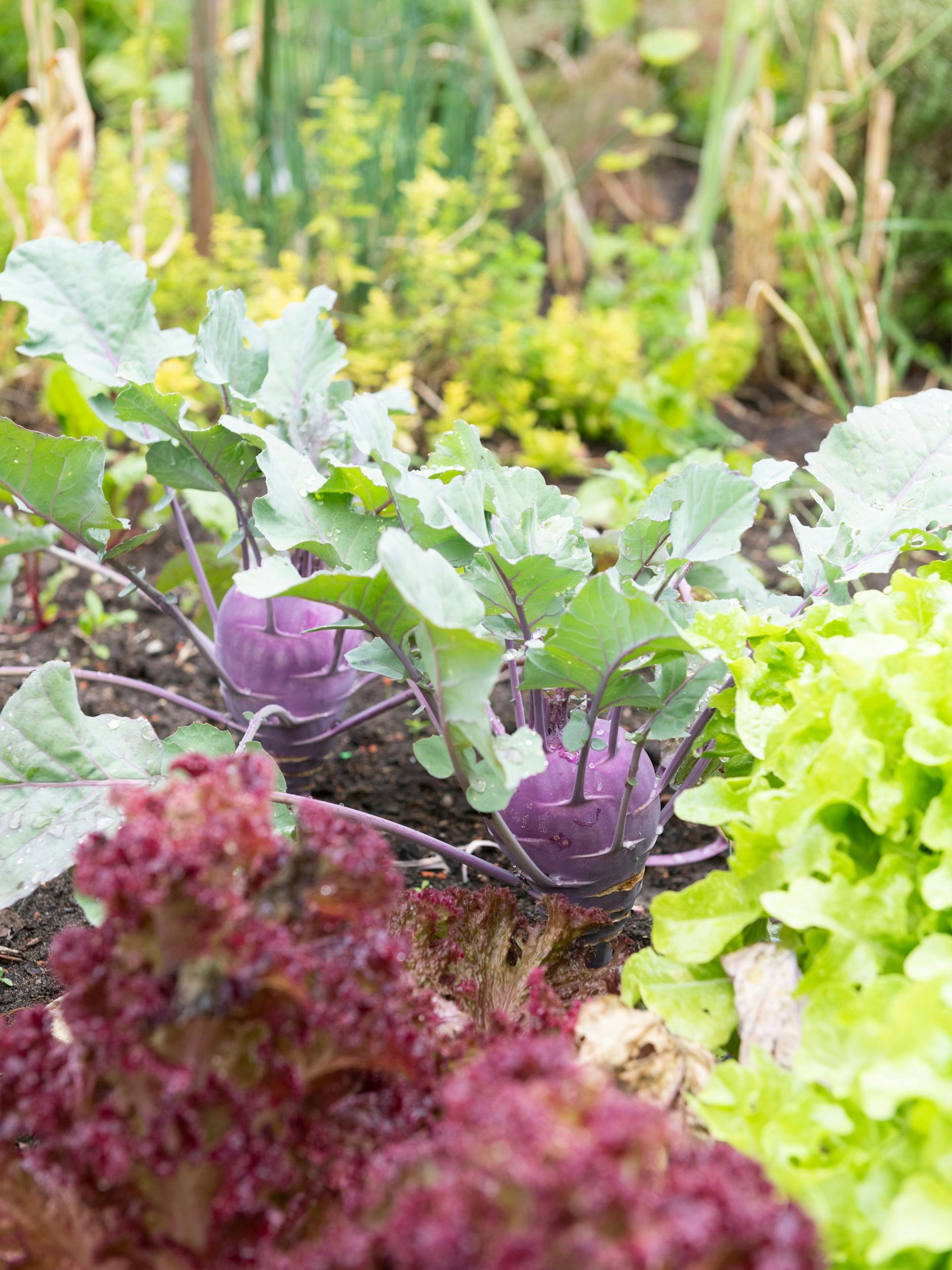
Xenia Rabe-Lehmann nibbles a little before cutting lemon balm for tea. The path leads beneath pear and apple trees to the next area, where shrubs and a perennial bed with magnificently blooming, purple candelabra speedwell shade the garden lounger. "I don't lounge here very often," laughs the gardener. It still looks inviting. Clover is blooming in the lawn, which pleases the busily buzzing bumblebees . The garden is well-kept, but not too tidy.
Waiting lists and demolition excavators: In 2016, around 150 allotments were clearedThe path continues under old fruit trees to a small seating area. It, too, is beautifully overgrown, where tea can be brewed for a few minutes next to a bouquet of summer flowers. It doesn't take much to achieve garden happiness. The small wooden arbor at the rear of the garden has a covered terrace in case of rain. Here, the vines climb, the first grapes hanging down.
On the sun-facing side of the house, next to a fully occupied insect hotel, are pots of tomatoes , already bearing large, green fruit. There's always something to snack on, and there's always something in bloom. This is, of course, the result of not only experience but also careful planning.
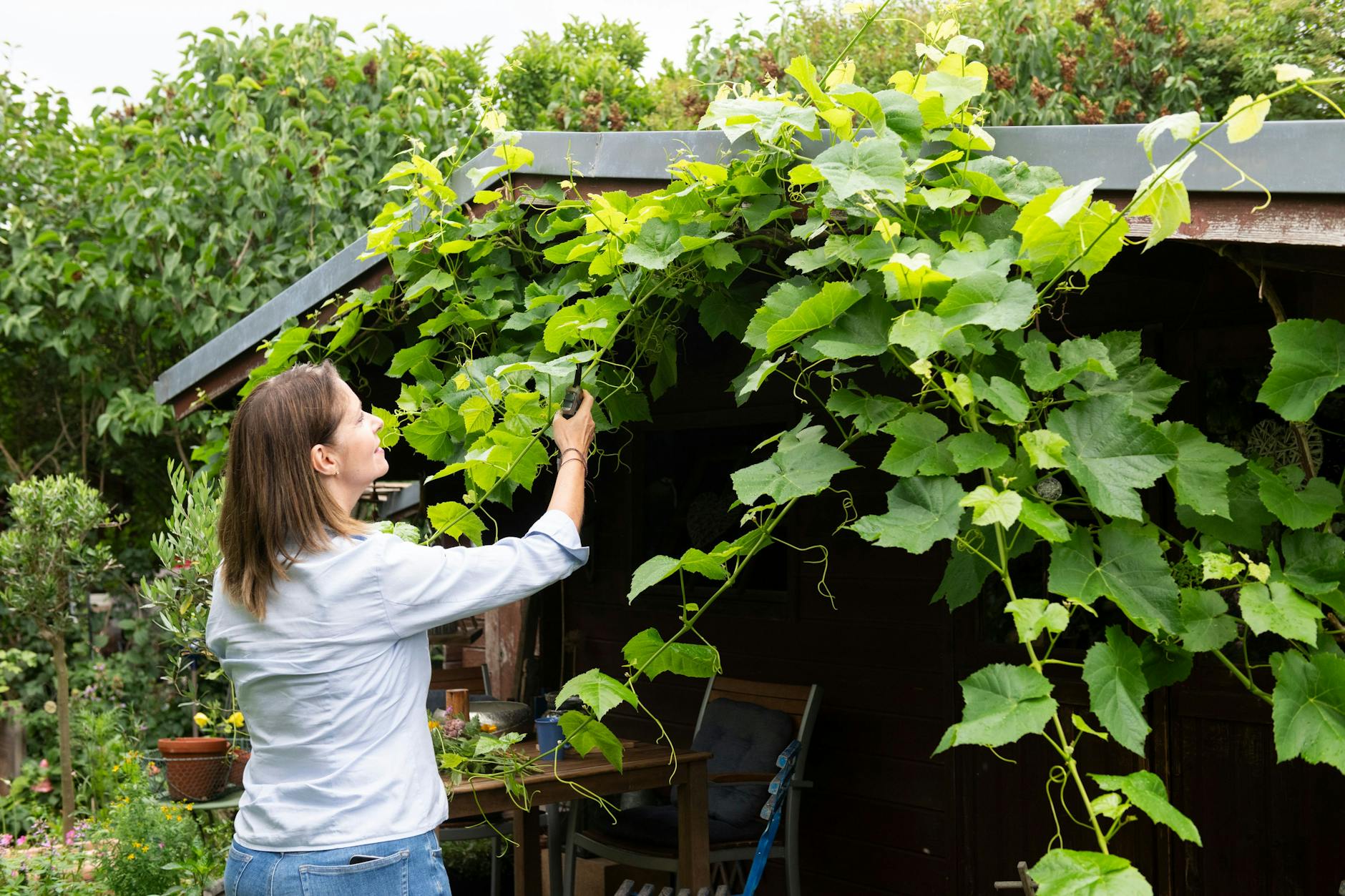
For 26 years, Xenia Rabe-Lehmann and her husband have maintained their 350-square-meter garden in the Oeynhausen Colony in Schmargendorf, a well-to-do, leafy district of Charlottenburg-Wilmersdorf . Only the large fruit trees remain from the time; the couple replanted the rest. The husband, who initially considered the idea of an allotment garden bourgeois, now works with the same passion as his wife.
A generational change has taken place among the neighbors in the allotment garden complex; many tenants are young families, and the board is also relatively young, with people in their forties. Xenia Rabe-Lehmann likes this; it brings a breath of fresh air to the complex, which has seen some tough times.
In addition to the endless waiting lists—Xenia Rabe-Lehmann also had to wait five years for her garden—it is above all the sword of Damocles looming over the Oeynhausen Colony . Nine years ago, several sheds were cleared away to make way for a new residential project by a private investor, whose houses now tower over the complex.
The allotment gardeners fought for a compromise at the time, but 150 allotments still had to make way for the development, which some remaining gardeners simply call the "horror block" because up to eight floors now shade their gardens. Xenia Rabe-Lehmann joined the fight back then and was lucky. Her plot was allowed to stay.
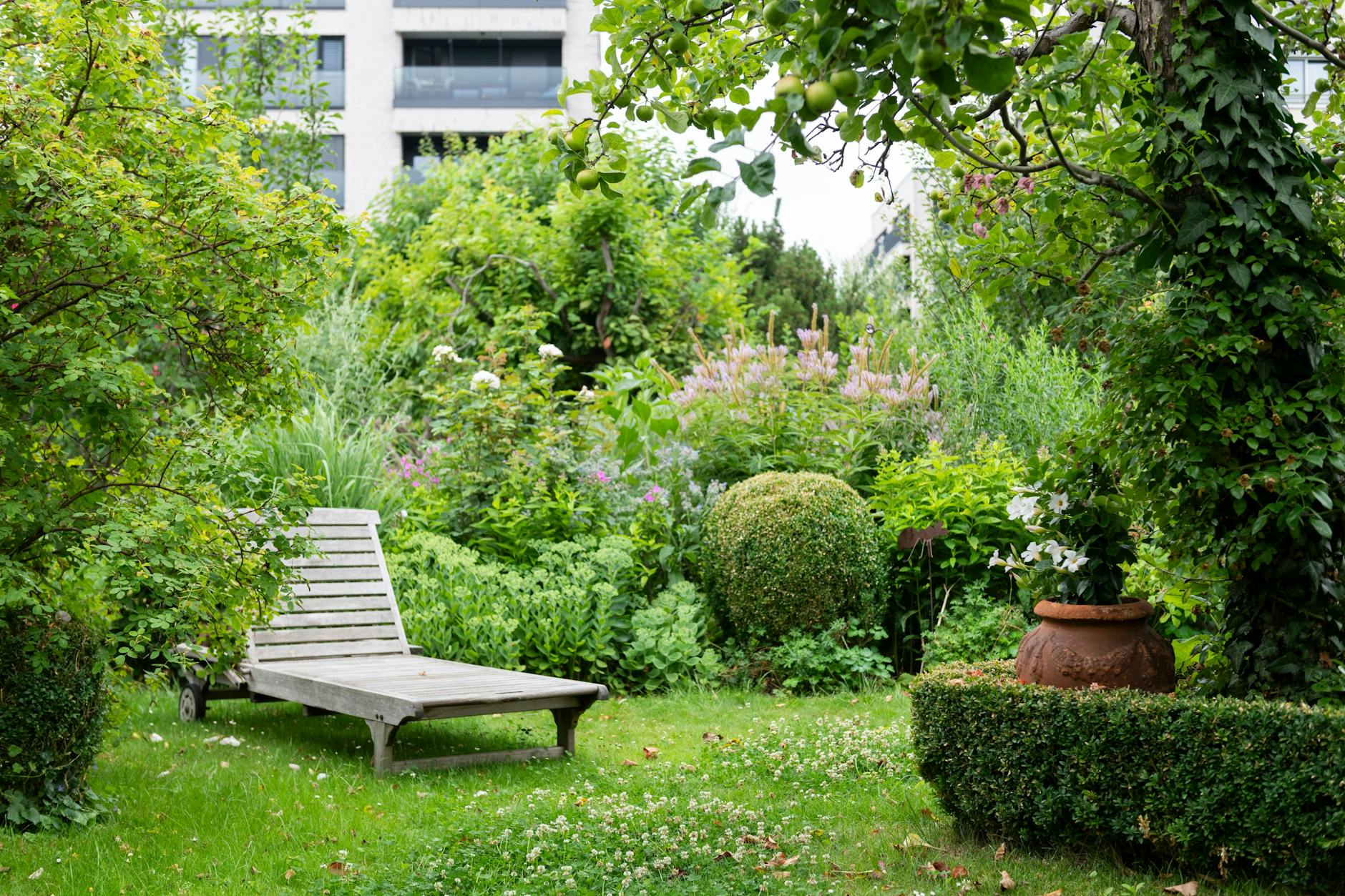
But concerns about their little green paradise persist. The Oeynhausen allotment colony has existed since 1904 and is one of the oldest allotment colonies in the city. Part of the area belongs to the state of Berlin, which has pledged its continued existence for the time being, while the other part belongs to a private owner. Whether this can be trusted in the long term remains to be seen, says Rabe-Lehmann. At least there is now a draft development plan for its use as a permanent allotment garden.
The battles over their facility have left their mark on the tenants. And a fair amount of skepticism. Their happiness is fragile and rests on shaky ground. Which is a shame.
Berlin needs housing, yes, but the city also needs green oases, feeding islands for insects and birds, and blooming respite for the concrete-weary eyes of its residents. The more than 70,000 allotment gardens provide all of this; they are a significant component of the city's green space, historically developed, and a Berlin specialty. The Senate wants to permanently protect allotment gardens – but there are exceptions, and the state does not own all of them.
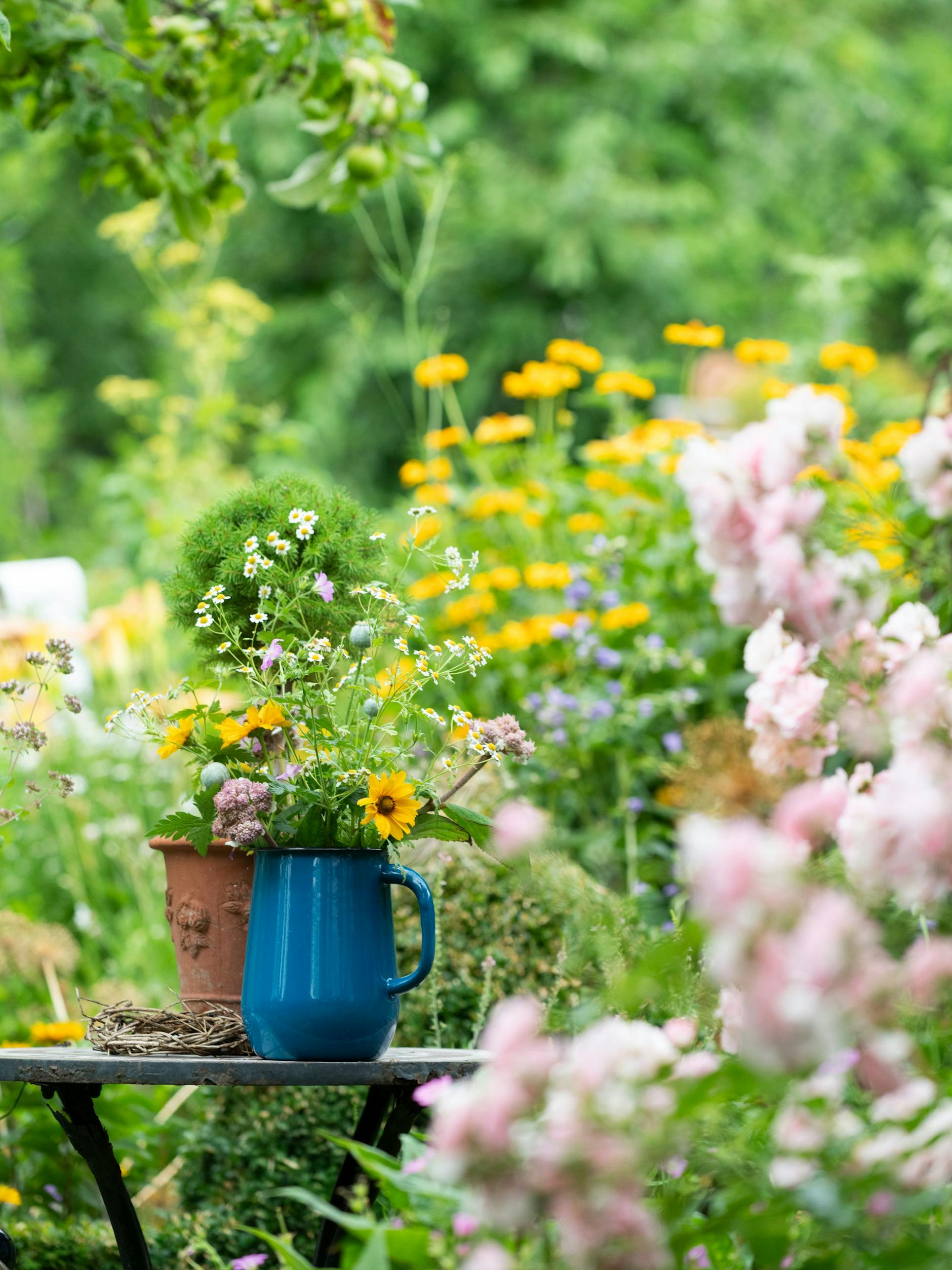
The sword of Damocles remains, but Xenia Rabe-Lehmann refuses to let it spoil her love of gardening. She's also made peace with the apartment building across the street. She shares her gardening joys with an interested community via her blog berlingarten and the Instagram account of the same name, which has almost 15,000 followers. As a self-taught gardener, the Schmargendorf native, who works in corporate communications, has steadily acquired more and more expertise. Today, as a garden consultant, she teaches courses for beginners and those returning to gardening, organizes gardening trips, and shares her knowledge online.
She gained much of her expertise from books. She wanted to create magnificent flowerbeds, to realize her little dream of England in the southwest of the city. The Berliner always brings new garden ideas with her from the homeland of gardens. This includes the courage to use strong colors: In the garden, yellow, orange, and red compete for attention. It has to be lush and rich in flowers. "Nothing is left unplanted," says Xenia Rabe-Lehmann. "And if there isn't enough space in the area, then we go up." The wild naturalness is a feast for pollinators, but also for the eye.
Roses are an important theme in this garden. Whether it's the historic, strongly fragrant Portland rose "Comte de Chambord," the vibrant pink Alba rose "Queen of Denmark," or the wild potato rose, which the gardener associates with her childhood on the Baltic Sea in Schleswig-Holstein – in June and July, the garden is in a state of bloom. The daylilies also display their funnel-shaped, edible blossoms, with lady's mantle and white-yellow feverfew adding delicate accents. Later in the year, the rose hips and multicolored asters enchant the eye.
No more spontaneous purchases: Often the plants do not fit the locationCurrants and blackberries grow in the ornamental beds, and the fruit trees also add structure to the garden. "A garden like that, at a uniform 60 centimeters in height, is totally dull," says the expert. Striking perennials and swaying grasses add accents and highlights to the knee-high monotony. Eye-catchers visible from afar give the garden character and make the small plot appear larger. This is one of the many tips the consultant gives her clients. She calls her method "species-appropriate planting." Gardening is like cooking Italian : "You don't need to know a huge number of plants. You need the basic recipes and then good, carefully selected ingredients that are perfectly suited to the specific conditions in the garden."
The biggest problem she repeatedly observes is that people choose plants that wouldn't grow on their own where they plant them. Hydrangeas, for example, are many people's favorite plants in the garden, but they're very picky about their location and need a lot of water. This is especially difficult in allotment gardens, where you always have to drive there: "Roses, on the other hand, have deep roots and cope well with our sandy, rather dry soil. And they fit perfectly with my dream of England."
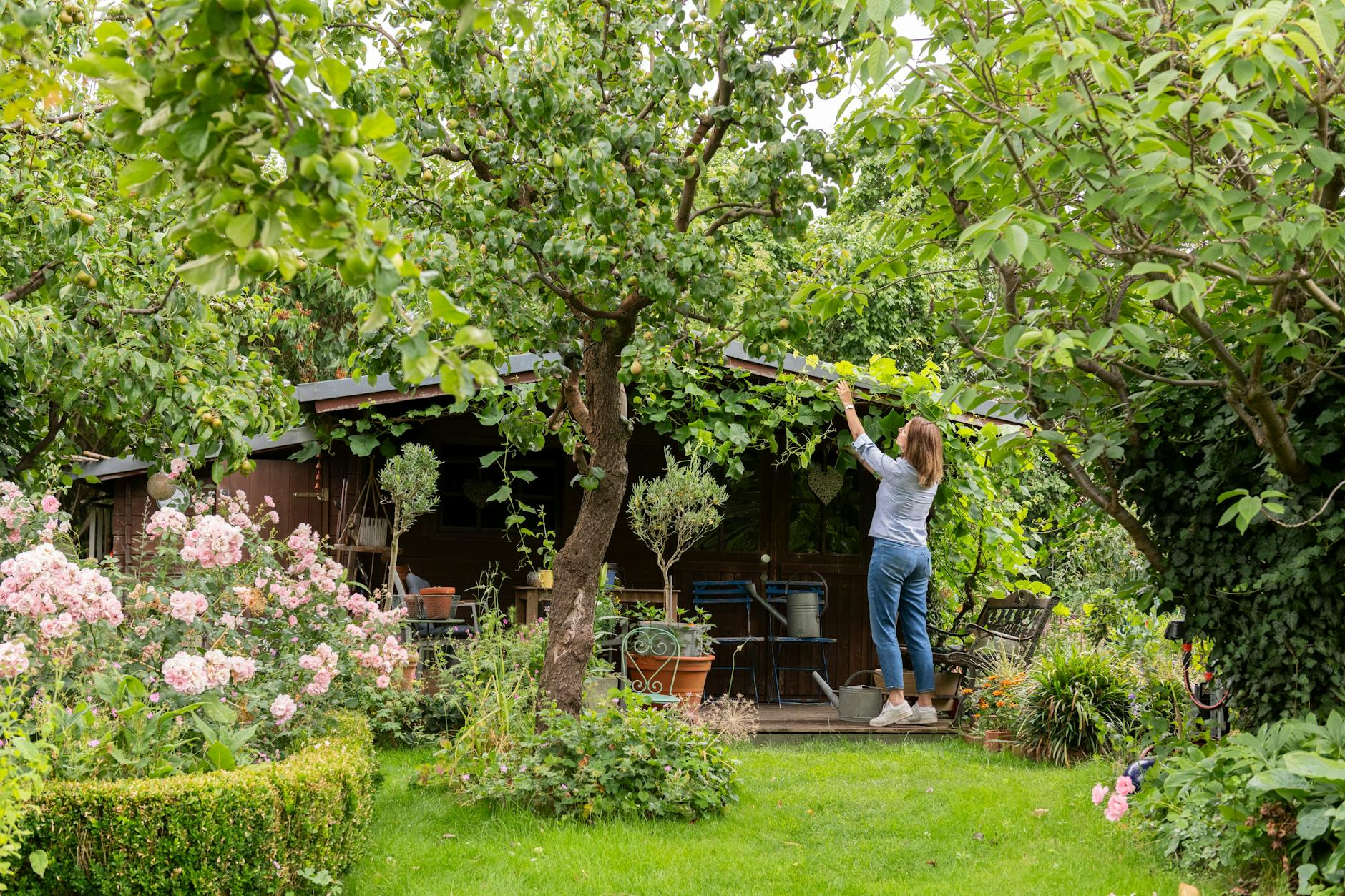
Xenia Rabe-Lehmann has refrained from spontaneous purchases, preferring to buy specifically what blooms well and performs well for her. In the garden, she relies on repetition; beautiful plants like the aforementioned bushy feverfew, vibrant pink phlox, or a climbing clematis are welcome to be found in multiple locations. She also advises others not to go to the garden center and simply buy whatever looks good. It's worth checking the label: Some varieties of geranium, for example, only bloom for three to four weeks, others for three to four months.
The gardener is on her plot four or five times a week; she lives just around the corner and has short commutes. She often stops by for a half hour during her lunch break. Because the ground is covered everywhere, fewer weeds grow and weeding is kept to a minimum. The more work-intensive part is trimming the perennials and tending the kitchen garden. But what exactly is work? "For me, it's meditation; I can be creative here and unwind, which isn't so easy in everyday life." At work, she says, she's more of a hamster-on-a-wheel type. But in the garden, impatience doesn't help.
That their paradise will continue to exist, Xenia Rabe-Lehmann and the other gardeners in the Oeynhausen colony can only hope: "26 years of passion have gone into my garden. It means everything to me."
Berliner-zeitung



